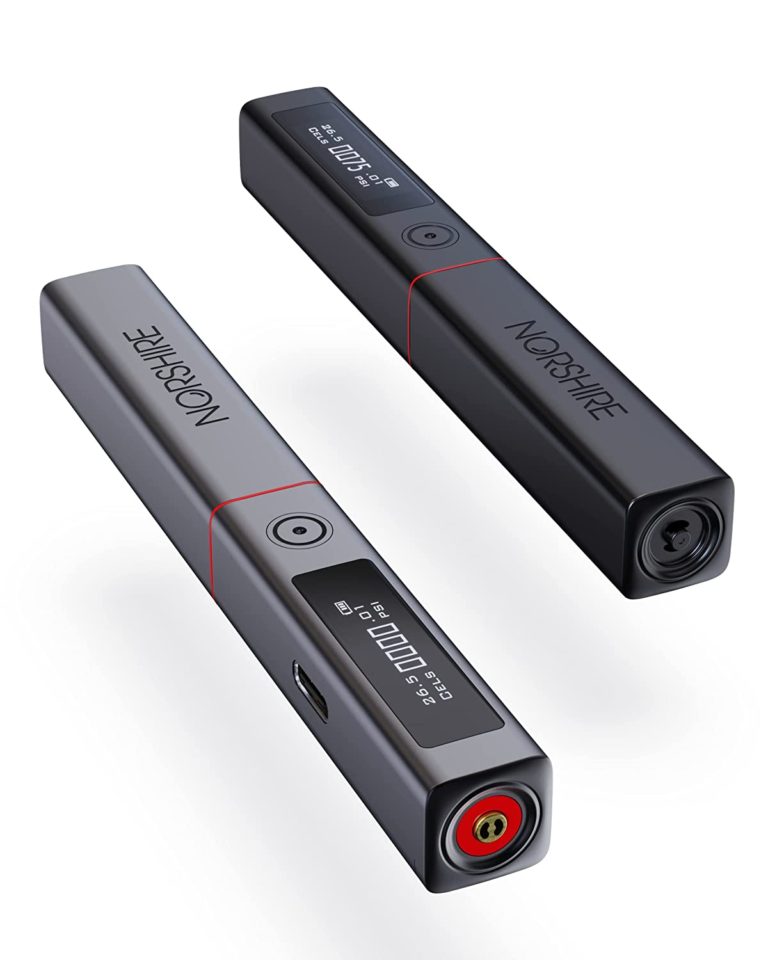At TpmsReset we understand the importance of maintaining proper tire pressure, especially during the summer months. With the warm weather and increased driving, it’s crucial to ensure your tires are inflated correctly to avoid any potential safety hazards and improve your vehicle’s performance.
So, what should tire pressure be in the summer? The answer is not as simple as you might think. There are a few factors to consider when determining the optimal tire pressure for your vehicle during the summer season. In this article, we’ll dive into the details and provide you with all the information you need to maintain safe and efficient driving.
Understanding Tire Pressure
Before we jump into summer tire pressure, let’s take a moment to understand what tire pressure is and why it matters. Tire pressure is the amount of air that your tires hold, measured in pounds per square inch (PSI). Proper tire pressure is essential for ensuring your vehicle’s stability, handling, and overall safety.
Underinflated tires can cause your vehicle to handle poorly and decrease your fuel efficiency, while overinflated tires can make your ride rough and decrease your traction. In addition, incorrect tire pressure can lead to premature wear and tear on your tires, which can ultimately lead to a dangerous blowout.
Factors to Consider for Summer Tire Pressure
The recommended tire pressure for your vehicle can be found in your owner’s manual or on a sticker inside the driver’s door. However, these recommendations are based on standard driving conditions, which may not be applicable during the summer months.
During the summer, the temperature can rise, and the roads can become hotter, leading to an increase in tire pressure. As such, it’s essential to adjust your tire pressure accordingly. In addition to the temperature, you’ll also need to consider the following factors:
Load Capacity: If you plan to carry a heavy load, such as luggage or equipment, you may need to increase your tire pressure to accommodate the additional weight.
Driving Conditions: If you’ll be driving on rough or uneven roads, you may need to adjust your tire pressure to improve your vehicle’s stability and handling.
Speed: If you plan to drive at high speeds, you may need to increase your tire pressure to maintain optimal performance.
Determining the Right Summer Tire Pressure
To determine the right tire pressure for your vehicle during the summer months, you’ll need to consider the factors above and make adjustments accordingly. However, a general rule of thumb is that for every 10 degree increase in temperature, the tire pressure will increase by 1 PSI.
For example, if your recommended tire pressure is 30 PSI and the temperature rises from 70 degrees to 90 degrees, you’ll need to decrease your tire pressure by 2 PSI to maintain optimal performance.
It’s essential to note that while it’s important to maintain proper tire pressure during the summer, it’s also crucial to check your tire pressure regularly. Tires can lose up to 1 PSI of pressure for every 10-degree drop in temperature, so it’s essential to check your tire pressure at least once a month.
Factors to Consider |
Recommended Tire Pressure | Reasons for Adjustment |
Temperature | Decrease by 1 PSI for every 10-degree increase | Hotter temperatures can cause the air inside the tire to expand, leading to higher tire pressure |
Load capacity | Increase as needed | Additional weight from luggage or equipment can cause the tires to compress, leading to lower tire pressure |
Driving conditions | Increase or decrease as needed | Rough or uneven roads can cause the tires to compress, while smooth highways can cause the tires to expand, leading to changes in tire pressure |
Speed | Increase as needed | Higher speeds can cause the air inside the tire to expand, leading to lower tire pressure |
Conclusion
Maintaining proper tire pressure is critical for your vehicle’s safety and performance, especially during the summer months. While there’s no one-size-fits-all answer to what tire pressure should be in the summer, it’s essential to consider factors such as temperature, load capacity, driving conditions, and speed to determine the optimal tire pressure for your vehicle.
At TpmsReset, we’re committed to helping our customers maintain safe and efficient driving. If you have any questions or concerns about your vehicle’s tire pressure, don’t hesitate to reach out to our team of tire experts.





